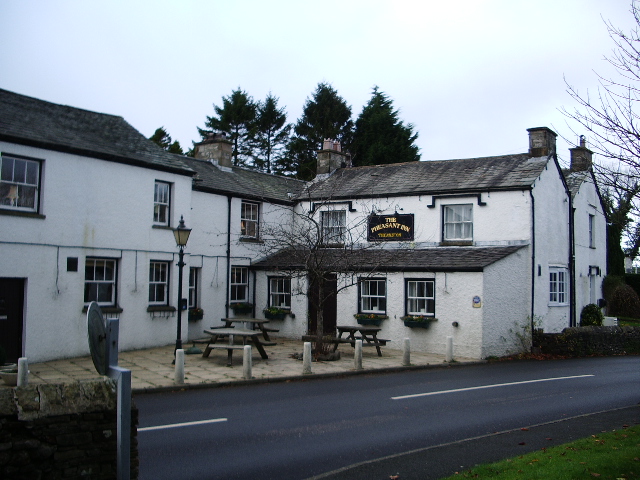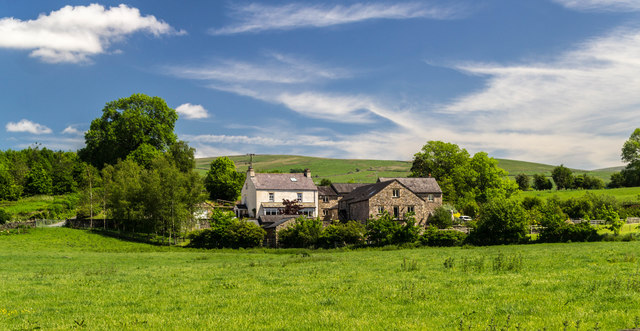Topics > Civil Parishes in Cumbria > Casterton Civil Parish > Casterton Township, 1848
Casterton Township, 1848
CASTERTON, a township and chapelry, in the parish of Kirkby-Lonsdale, union of Kendal, Lonsdale ward, county of Westmorland, 1½ mile (N.E.) from Kirkby-Lonsdale; containing 623 inhabitants. This place, which is supposed to have received its name from an ancient castle, of which every vestige has been removed, is situated on the river Lune, and on the road from Lancaster to Sedbergh. The surface is diversified with mountain, hill, and dale; the soil is of light and fertile quality, and in the valley is limestone rock, of which, and of red conglomerate, there are quarries. The line of the North-Western railway passes through. The living is a perpetual curacy, in the patronage of Trustees: there is a glebe-house. The chapel was erected in 1833, and has a square tower, lancet windows, and a good organ. The Clergy Daughters' school established here in 1823, as a means of assisting clergy of limited incomes in the education of their daughters, is a prosperous and efficient institution, very liberally sustained by donations of the nobility and gentry, and annual subscriptions. About 100 pupils are received from all parts of the kingdom, and are lodged, clothed, boarded, and educated, on the easy terms of £14 per annum; the school is under the management of twelve trustees, the instruction very comprehensive, and many accomplished governesses, among others, have been educated here. A preparatory school for extending the benefits of the Clergy Daughters' school, and rendering the instruction in the latter more effectual, by first training younger pupils for it, was opened in 1837, and is wholly confined to the children of clergymen with the smallest incomes; about 35 children are at present in this school. There are also here, a school for training girls as servants and teachers, which was instituted in 1820, and receives 100 pupils; an infants' school; and a village school. A chapel stood at Chapel-Head Close, near which is a well, called St. Coume's, probably a contraction of St. Columbe, the tutelar saint of the chapel.
Extract from: A Topographical Dictionary of England comprising the several counties, cities, boroughs, corporate and market towns, parishes, and townships..... 7th Edition, by Samuel Lewis, London, 1848.

Co-Curate Page
Casterton
- Overview About Casterton Map Street View Casterton is a village in the South Lakeland district of Cumbria, located by the River Lune and about ¾ mile north-east of Kirkby Lonsdale …










